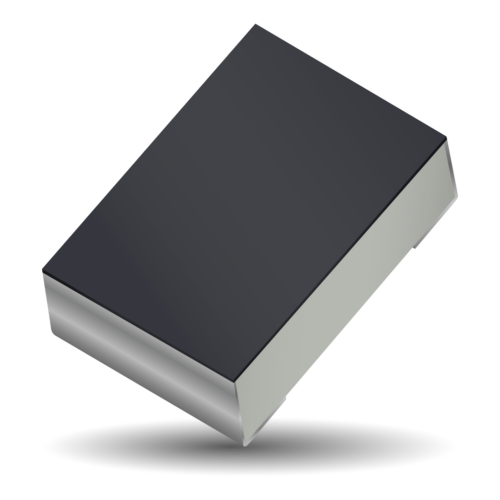In the previous issue of DENA (September/October 2023), we talked about how oscillator advancements impact smart cities. Consistent timing and frequency behavior is critical for many applications, but for smart cities they will also need to be small and reliable for a long time and in harsher conditions than the average electronic component.
Similarly, antennas will need to be small and reliable, but their design criteria will be based on parameters like gain, bandwidth, radiation pattern, and efficiency. Among the latest advancements of antenna technology include the smallest ceramic chip package for Wi-Fi, Bluetooth, UWB, and GNSS. These devices maintain typical ceramic and LTCC antenna performance but in a much smaller size, meaning reduced keep-out areas allowing for compact RF modules. Compact is convenient and allows for finesse or aesthetic solutions in general, but being compact may determine viability for smart city applications specifically.
Smart cities require many wireless nodes in highly variable environments, so they’ll need to be durable. However, circuits will also need to be installed in space-constrained or ergonomic designs as the number and complexity of smart city applications grow. Passive components take up a large portion of PCB area, but antennas with large keep-out areas can make it feel especially challenging for RF designers. Off-board antennas will save PCB space of course, but these aren’t always viable. For small low-profile circuits, on-board antennas are preferred.
On-board antennas can be tricky though, sometimes requiring major circuit layout, housing, or position changes if designed in late or as an afterthought. In the absence of a dedicated antenna design team, it may be worthwhile to consider ease-of-implementation as a parameter when shopping for antennas.
Kyocera-AVX Components pioneered ceramic passive electronic component technology, so it’s no surprise they have recently released the world’s smallest ceramic chip antenna. The 9001978 (Wi-Fi, BT, UWB) and 9002137 (GNSS, L1, L2, L5, L6) both have a length and width of 1mm × 0.55mm respectively, with a height of only 0.4mm. The ceramic body lends itself to a wider temperature range (–55°C to +125°C) than other antenna packages and easily meets AEC-Q200 for automotive applications. In addition, full ceramic manufacturing capability was employed for the active elements within the ceramic body to avoid simple monopole or PIFA (Planar Inverted-F Antenna) designs to ensure high gain and multi-band efficiency regardless of position and surroundings. This makes implementation and meeting regulatory specifications easier, ultimately reducing time-to-market.
Smaller smart city electronics will undoubtedly lead to unique solutions, but just as important are adoptable solutions for asset tracking, smart grid, and healthcare among others. The number of remote IoT nodes is projected to increase dramatically over the next decade, and reducing the footprint of remote IoT nodes has direct environmental and energy consumption benefits, which will help proliferate smart cities.
Responsible use of resources is becoming increasingly scrutinized, even in the Solar and EV sectors, and advancements like the smallest chip antenna discussed here will help accomplish this for smart cities without sacrificing performance.

